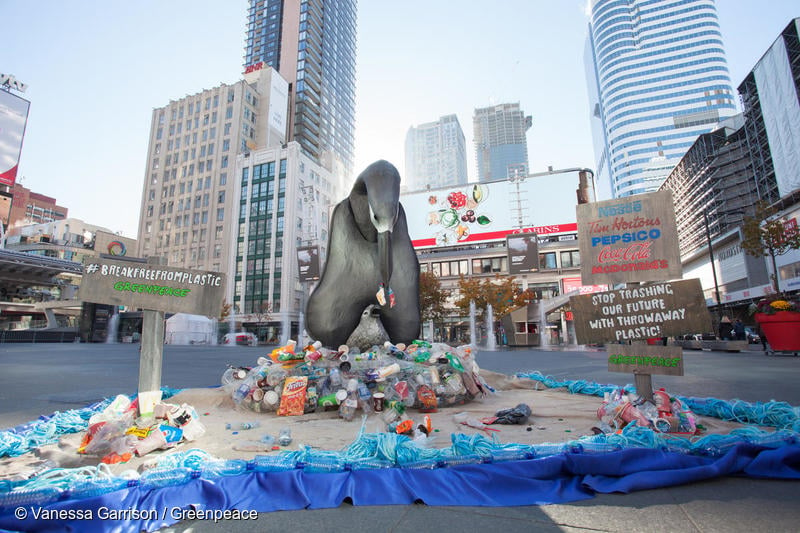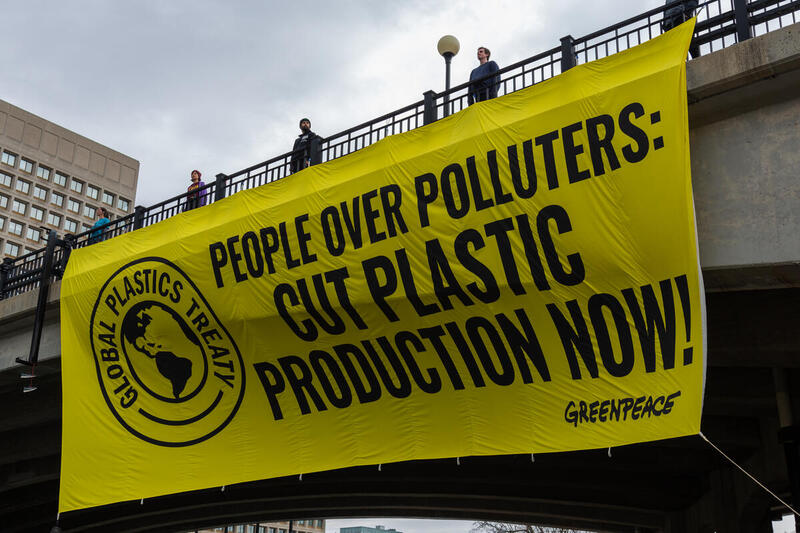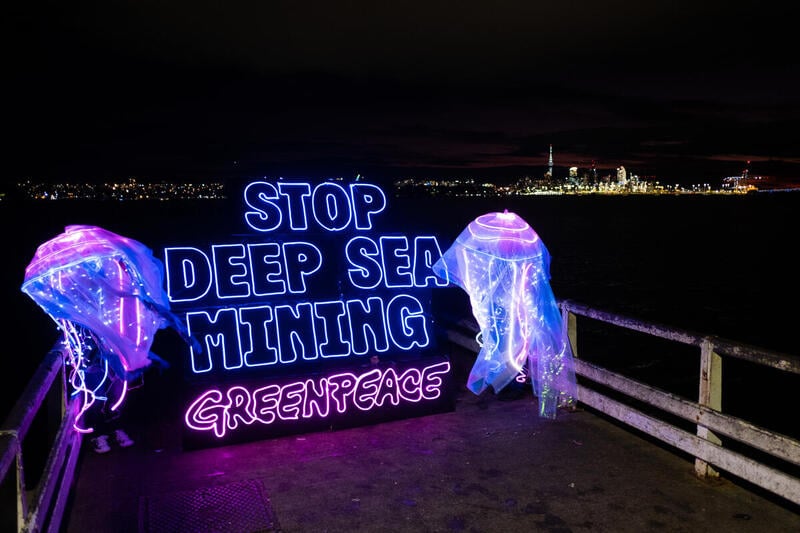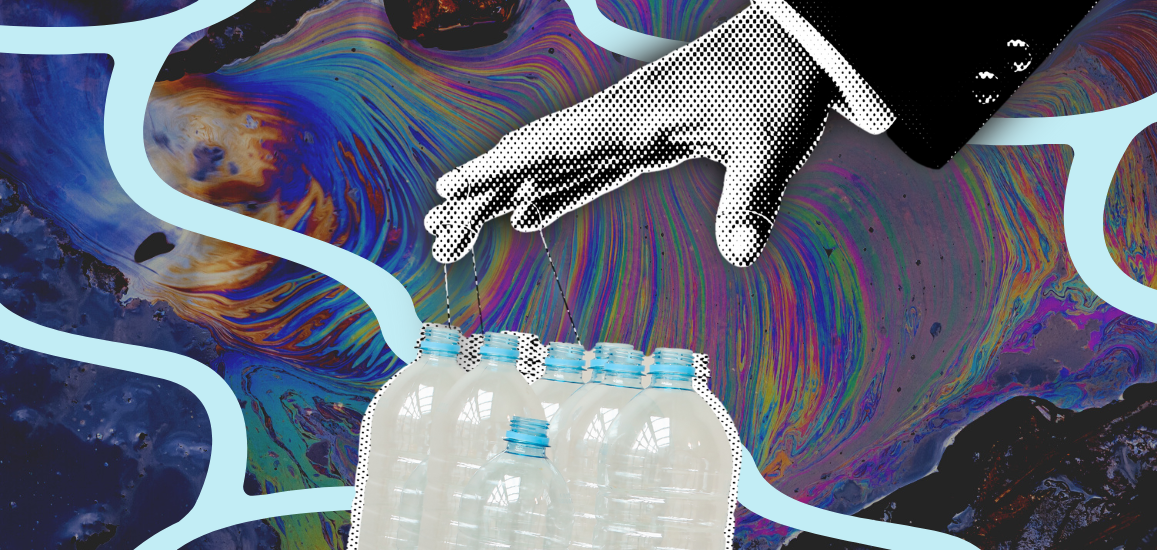
Montreal – In reaction to the release of the federal Draft Science Assessment of Plastic Pollution supporting the need for a single-use plastics ban, Greenpeace Canada’s Head of Oceans and Plastics, Sarah King said:
“The results of the federal Science Assessment of Plastic Pollution [1] are a welcomed step towards the urgent action needed by the Trudeau government to ban the problematic and unnecessary group of single-use plastics. We are encouraged to hear Minister Wilkinson say that the government has enough information to move forward towards a ban; the key will be ensuring the ban list is comprehensive and reflects the array of plastic types and packaging that pollute and pile up in Canada’s landfills.”
The assessment notes that “Given the increasing amounts of plastic pollution in the environment and the demonstrated ability of macroplastics to harm environmental receptors, it is anticipated that the frequency of occurrence of physical effects on individual environmental receptors will continue to increase if current trends continue.” Plastic production is set to double by 2030, with about 90% of plastic going to landfill, being burned or ending up in the environment. Across Canada landfills and recycling centres are stockpiled with plastic, with recent reports from Montreal showing the impacts of a dying plastic recycling market [2].
“The federal government must create strong regulations that set overall production, distribution and consumption reduction targets for non-essential plastics. Not only should a ban include the items most commonly found in the environment such as cups and lids, bottles and caps, bags, straws, cutlery, styrofoam, containers, wrappers and plastic-filter cigarettes, but it must address the massive amount of plastic packaging that lines supermarket shelves and ends up in landfills. A ban that does not cover the full array of problematic plastics will not be impactful enough to address the scale of the plastic waste and pollution crisis in Canada and the country’s contribution to the global crisis. From extraction to disposal, plastic pollutes at every step of its lifecycle. The plastic crisis is connected to the climate crisis and the oceans crisis, and Canada must now connect those dots through bold action towards a truly circular system not reliant on disposables of any kind.”
ENDS
Notes to editors:
[1] News release by Environment and Climate Change Canada
[2] Article from Journal Metro about the recycling crisis in Quebec
For more information, please contact:
Laura Bergamo, Communications officer, Greenpeace Canada
[email protected], +1 438 928-5237



